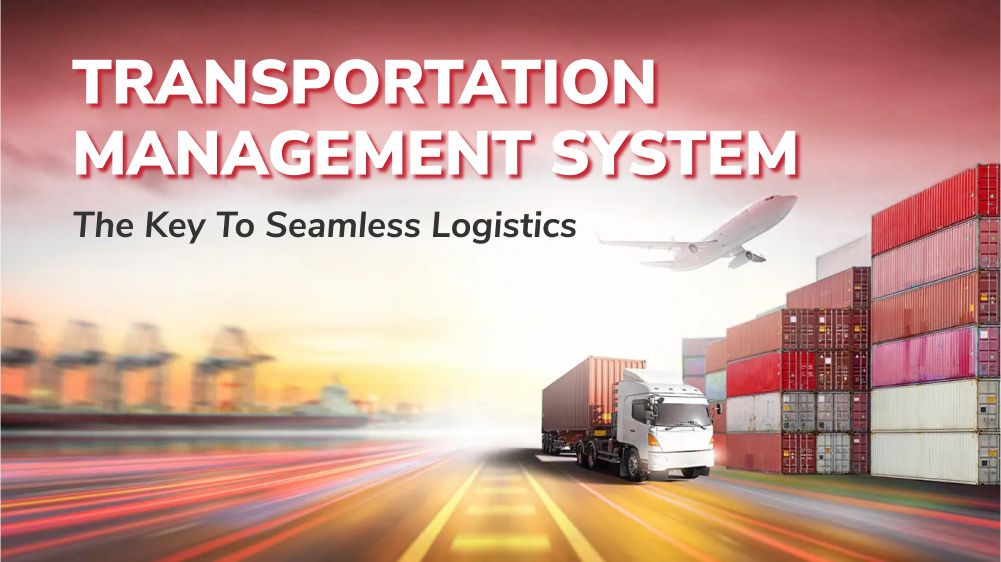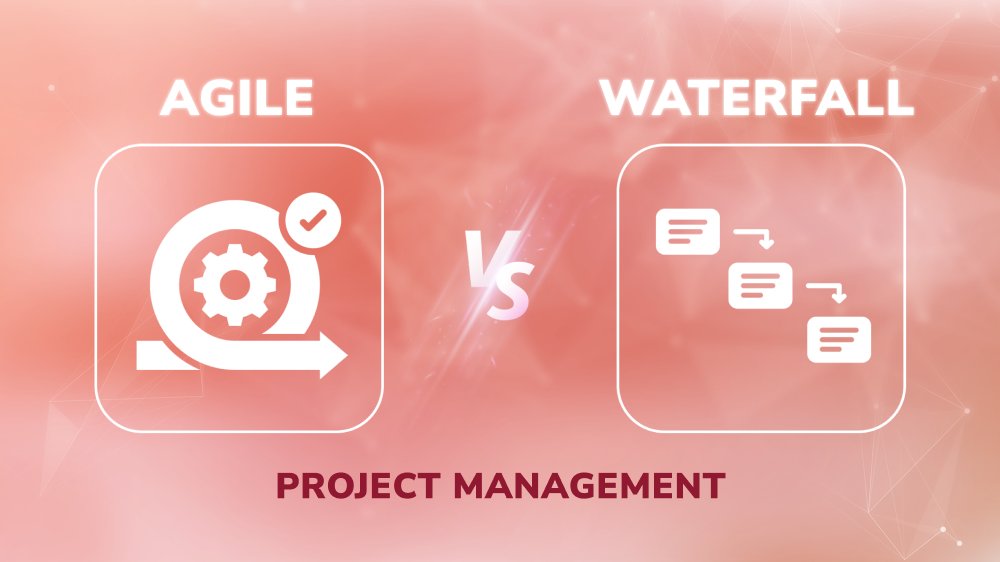Think Your Software is Qualified? A Software Audit Will Be the Judge

Content Map
More chaptersIn today’s competitive software market, quality is key to success. Customers have high expectations and a low tolerance for bugs, security flaws, or poor performance. To build trusted products that meet the stringent demands of the digital age, a software vendor must implement rigorous quality assurance practices.
One of the most important QA processes is the software audit. A comprehensive audit inspects all facets of an application to surface issues before they impact users. However, conducting audits can be challenging due to their scope and complex nature. To maximize value from this vital exercise, an audit team needs a standardized approach. They require checklists tailored to their specific product and development lifecycle.
This guide provides an essential software audit checklist to make sure teams master quality through inspection. It outlines key areas to evaluate, such as software security, code quality, compliance, and more. By diligently applying these best practices regularly, organizations can have confidence their software will withstand scrutiny and exceed customer needs. Adopting a disciplined auditing methodology is crucial to developing robust, high-performing solutions in today’s cutthroat digital landscape.
Understanding Software Audits

A software audit entails an impartial examination of software products, processes, and systems. Its primary objective is to ensure that software development practices and products align with industry standards and organizational requirements. By conducting a software audit, potential issues such as non-compliance with licensing agreements, security vulnerabilities, and performance problems can be identified proactively.
Software audits are typically carried out by either internal or external auditors who possess expertise in the software development process. They meticulously review the software development life cycle (SDLC) to verify its proper implementation and ascertain that the software product fulfills the demands of the business and its stakeholders. The ultimate goal of a software audit is to pinpoint areas that require improvement and provide recommendations for enhancing the effectiveness and quality of the software product.
Two primary methods are employed to conduct software audits:
- Internal audits: An internal audit is conducted regularly by the in-house team and tends to be more frequent. They serve as a means of ongoing quality control within the organization.
- External audits: A third-party software audit partner is often engaged to perform external audits, particularly when unbiased reports are desired or when the software must comply with specific policies, licenses, and legislative regulations. An external software audit may also be sought if the in-house team lacks the necessary expertise to conduct thorough software audits.
The frequency of software audits in the field of software engineering depends on the unique requirements and needs of each business. However, it is generally recommended to conduct internal inspections at least twice a year, with an absolute minimum of once a year in less favorable circumstances. The frequency of an external audit is contingent upon the specific circumstances and objectives of the organization.
How to Prepare for a Software Audit?

A software audit can be a complex and time-consuming process, but with careful preparation, businesses can navigate it successfully. Here are key steps to take when preparing for a software audit:
Setting Clear Goals and Objectives
Before embarking on a software audit, it is important to establish clear goals and objectives. Define what you aim to achieve through the audit process. Are you primarily focused on identifying security vulnerabilities, ensuring compliance with licensing agreements, improving performance, or all of the above?
Proof of Ownership
During a software audit, one of the critical aspects is providing proof of ownership for the software products being evaluated. This is where Software Asset Management (SAM) tools come into play. A qualified software asset management tool helps in accurately tracking and managing software licenses, ensuring compliance, and providing a comprehensive inventory of software assets. By utilizing SAM tools, you can easily demonstrate proof of ownership, maintain an up-to-date record of licenses, and simplify the audit process by efficiently retrieving the necessary documentation.
Establishing a Timeline and Allocating Resources
In order to ensure a successful software audit, it is essential to establish a realistic timeline and allocate the necessary resources. Determine the duration of the audit, taking into account the complexity of your software systems and the scope of the evaluation. Allocate sufficient time for thorough assessments and analysis.
Additionally, identify the resources required for the audit, including personnel with expertise in software development and auditing, access to relevant documentation and systems, and any additional tools or technologies needed for the evaluation. Adequate planning and resource allocation will contribute to a more efficient and effective software audit process.
Software Audit Checklist to Consider

A software audit is a comprehensive process that requires careful attention to detail and meticulous evaluation of various aspects of software products, processes, and systems. In order to conduct a thorough software audit, it is essential to follow a well-structured checklist that covers key areas of focus. By following a systematic approach, you can effectively assess various aspects of your software ecosystem. Here are the key steps involved in conducting a software audit:
Assessment of Code Quality
When conducting a software audit, it’s essential to evaluate the code quality to ensure readability, maintainability, and adherence to coding standards. This step involves reviewing the codebase, assessing its organization and structure, and identifying any potential areas for improvement. Consider the following:
- Are coding best practices followed?
- Is the code well-documented with clear comments?
- Is the code modular and easily maintainable?
- Are there any inconsistencies or potential issues in the code?
Security Evaluation
Security is a crucial aspect of software audits. During this step, assess the security practices implemented within the software application. Evaluate the following:
- Are secure coding practices followed to mitigate common vulnerabilities?
- Is sensitive data handled securely, including proper encryption and access controls?
- Are authentication and authorization mechanisms robust?
- Are security patches and updates regularly applied to mitigate known vulnerabilities?
Performance Review
A thorough performance review is essential to identify bottlenecks, optimize software usage, and enhance overall system performance. Consider the following:
- Assess the software’s scalability and ability to handle increasing user loads.
- Evaluate response times under different scenarios, such as peak usage or stress conditions.
- Identify areas where code or algorithms can be optimized for improved performance.
- Verify if system resources like memory, disk, and network are used efficiently.
Testing and Quality Assurance
The software testing process is a critical component of software audits. Conduct a usability and accessibility audit of software during testing processes, encompassing unit testing, integration testing, and regression testing. Consider the following:
- Assess the extent of test coverage to ensure comprehensive testing.
- Review the effectiveness of automated testing processes and continuous integration practices.
- Evaluate the bug tracking system and the efficiency of resolving reported defects.
Compliance Considerations
Compliance with licensing agreements, data privacy regulations, and industry-specific requirements is crucial. Evaluate the following:
- Verify that the software complies with licensing agreements and intellectual property rights.
- Assess if the software meets data privacy regulations (e.g., GDPR, HIPAA).
- Ensure comprehensive documentation is maintained, including design specifications, change logs, and release notes.
Throughout the software audit, it is essential to document findings, observations, and recommendations. This documentation will serve as a valuable resource for addressing identified issues and implementing necessary improvements. Remember that a software audit is an iterative process, and the findings should guide your efforts in enhancing the quality, security, and compliance of your software applications.
What Should You Do with the Audit Findings?
Once the software audit has been conducted, it’s crucial to carefully analyze the findings to gain valuable insights into your organization’s software landscape. This step is essential for identifying areas of non-compliance, inefficiency, and risk, as well as determining the best course of action to optimize your digital assets. Let’s explore the key aspects of analyzing audit findings:
Reviewing and Interpreting Audit Results
The first step in analyzing audit findings is to review the results meticulously. This involves going through the audit report and understanding the data and observations gathered during the audit process. It is essential to comprehend the key metrics, benchmarks, and performance indicators examined during the audit.
By reviewing the audit results, you can identify patterns, trends, and areas that require attention. Look for notable findings, such as software license discrepancies, unauthorized installations, or outdated versions. This information will serve as a foundation for further analysis and decision-making.
Identifying Areas of Non-Compliance, Inefficiency, and Risk
A critical aspect of analyzing audit findings is identifying areas of non-compliance, inefficiency, and risk within the software environment. This involves identifying instances where licensing agreements are violated, software is underutilized, or security vulnerabilities are present.
Non-compliance issues may include using unlicensed software, exceeding the number of permitted installations, or not adhering to the terms and conditions outlined in software agreements. Inefficient utilization of software resources might involve instances where certain applications are rarely used or are running below capacity.
Additionally, identifying potential risks is crucial for maintaining data security and protecting the organization from cyber security risks. This includes identifying vulnerabilities, outdated software versions, or inadequate security configurations.
Assessing Software Utilization and User Needs
An important aspect of analyzing audit findings is assessing software utilization and understanding user needs within the organization. This involves evaluating whether the software is being utilized effectively and meeting the requirements of end-users.
Assessing software utilization entails analyzing usage data, such as the frequency and duration of software usage, to determine whether licenses are being optimally utilized. It also involves gathering feedback from users to understand their experience with the software and identify any pain points or areas for improvement.
By assessing software utilization and user needs, organizations can make data-driven decisions about license optimization, training initiatives, or potential software replacements to better align with user requirements.
Prioritizing Actions and Creating an Optimization Plan
Based on the findings from the software audit, it is essential to prioritize actions and create a comprehensive optimization plan. This involves categorizing and ranking the identified areas of non-compliance, inefficiency, and risk according to their severity and potential impact on the organization.
Prioritizing actions ensures that critical issues are addressed promptly, reducing the risk of legal repercussions, security breaches, or wasteful expenditure. It also helps allocate resources efficiently to tackle the most significant challenges first.
With the prioritized list of actions, organizations can create a detailed optimization plan that outlines specific steps, responsibilities, and timelines for addressing each issue. This plan should include strategies for license management, software updates, security enhancements, training initiatives, and any necessary policy revisions.
By following a well-defined optimization plan, organizations can proactively address the identified audit findings, mitigate risks, improve compliance, optimize software utilization, and ultimately achieve greater efficiency and cost savings.
Final Suggestions

In conclusion, software audits play a crucial role in ensuring the reliability and quality of software products. By conducting a thorough software development audit process, organizations can achieve qualified software that meets industry standards and user expectations.
In order to take the next step in your software development journey, it is essential to partner with a reliable software vendor. Orient Software stands out as a reputable and trusted provider of high-quality outsourcing software development services. With a proven track record of delivering successful software projects, Orient Software has gained a solid reputation in the industry.
Don’t miss out on the opportunity to optimize your software development process and achieve exceptional results. Contact Orient Software today to explore how their expertise and dedication to quality can contribute to the success of your software projects. Take the first step towards harnessing the power of qualified software and ensuring superior outcomes for your organization.







